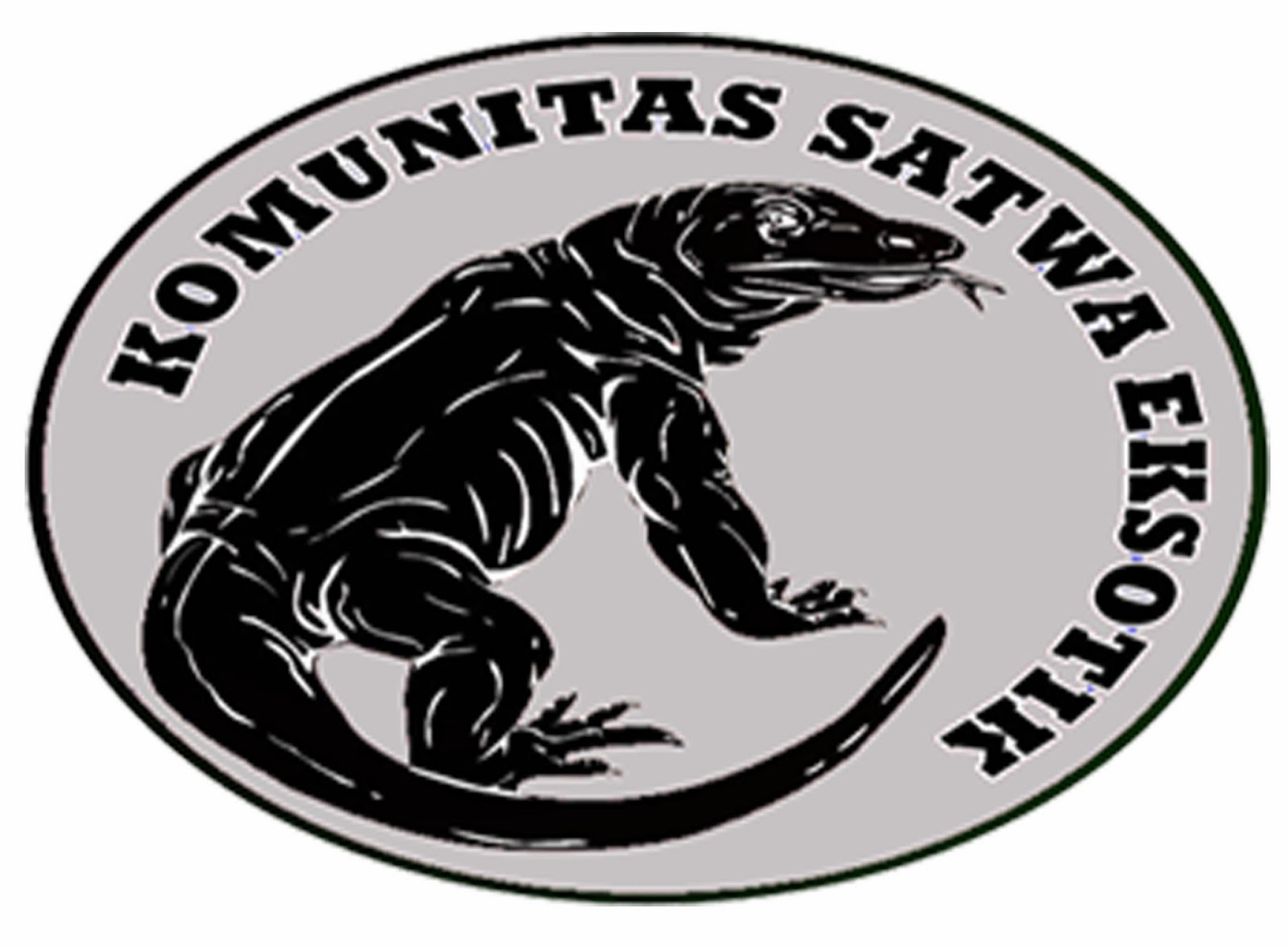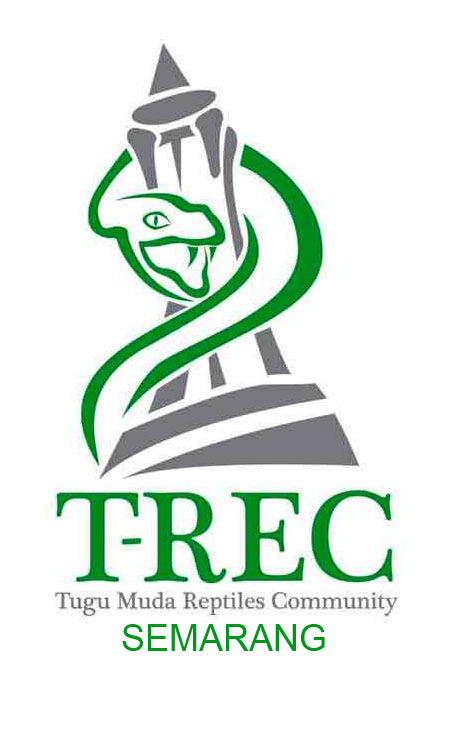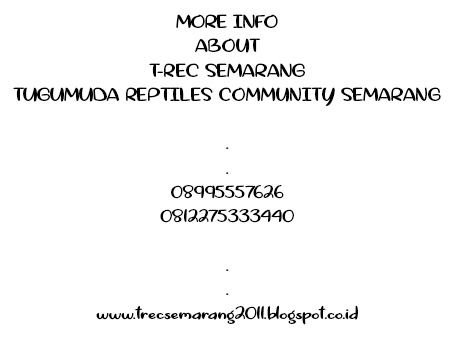CHLOEPEDIA--
Label,penelusuran,tag,hasil,result,hasil penelusuran,hasil result : CLOWN,BADUT,ULAR
CLOWN,ULAR BADUT(part2)
.........................................................
CLOWN,BADUT,ULAR
CLOWN,ULAR BADUT
CLOWN,BADUT,ULAR
CLOWN,ULAR BADUT adalah
arti CLOWN,BADUT,ULAR CLOWN,ULAR BADUT adalah
istilah CLOWN,BADUT,ULAR CLOWN,ULAR BADUT adalah
CLOWN,BADUT,ULAR
CLOWN,ULAR BADUT berasal dari kata
CLOWN,BADUT,ULAR
CLOWN,ULAR BADUT merupakan
CLOWN,BADUT,ULAR
CLOWN,ULAR BADUT berarti
apakah CLOWN,BADUT,ULAR CLOWN,ULAR BADUT
CLOWN,BADUT,ULAR
CLOWN,ULAR BADUT berasal dari
............................................................
Label,penelusuran,tag,hasil,result,hasil
penelusuran.hasil result,search,search result :
C,B,CLOWN,BADUT,ULAR
CLOWN,ULAR BADUT ,t-rec,tugumuda reptiles community,kse,komunitas satwa
eksotik,sahabat si komo,chloe ardella raisya putri kamarsyah,prianka
putri,aldhika budi pradana,semarang
............................................................
Label,penelusuran,tag,hasil,result,hasil
penelusuran.hasil result,search,search result
: C,B,CLOWN,BADUT,ULAR CLOWN,ULAR BADUT,biodiversity,keanekaragaman
hayati,flora,fauna,konservasi,habitat,komunitas,komunal,in situ,ex
situ,alam,lingkungan,tanaman,tumbuhan,reptil,satwa,komunitas satwa,komunitas
satwa semarang,komunitas reptil ,komunitas amfibi,reptiles,amphibia,,t-rec,tugumuda
reptiles community,t-rec semarang,tugumuda reptiles community
semarang,komunitas reptil tugumuda semarang,komunitas reptil semarang,komunitas
semarang,kse,komunitas satwa eksotik,sahabat si komo,on line,chloe ardella
raisya putri kamarsyah,priankaputri,aldhika budi pradana,semarang
................................................................
Hanya
berusaha merangkum segala sesuatu yang berhubungan dengan .......... dari sumber sumber yang ada di pencarian
google search , semoga dapat membantu dan bermanfaat
Just trying to summarize everything connected with .......... from existing sources in the google search engine, may be helpful and useful
.................................................................
BERMANFAAT
UNTUK ANDA ?????.... INGIN BER DONASI
ATAU MENJADI VOLUNTEER...more info ...(+62)8995557626 ( whatsapp only )
USEFUL
FOR YOU ????? .... DONATION OR BE A
VOLUNTEER....more info ... (+ 62)8995557626 (whatsapp
only)
.....................................................................
TUGUMUDA
REPTILES COMMUNITY,KOMUNITAS REPTIL,KOMUNITAS SATWA,KOMUNITAS REPTIL
TUGUMUDA,TUGUMUDA REPTILES COMMUNITY SEMARANG,KOMUNITAS REPTIL
SEMARANG,KOMUNITAS SATWA SEMARANG,KOMUNITAS REPTIL TUGUMUDA SEMARANG,EXOTIC
PETS COMMUNITY,EXOTIC ANIMALS COMMUNITY,KOMUNITAS SATWA EKSOTIK,KOMUNITAS PET
EKSOTIK,KOMUNITAS SATWA EKSOTIK INDONESIA,KOMUNITAS PET EKSOTIK
INDONESIA,INDONESIA REPTILES COMMUNITY,INDONESIA EXOTIC PETS
COMMUNITY,INDONESIA EXOTIC ANIMALS COMMUNITY,T-REC,T-REC SEMARANG,T-REC
INDONESIA,KSE,KSE INDONESIA,
more
info :
www.trecsemarang2011.blogspot.com
www.facebook.com/groups/komunitassatwaeksotik,
........................................................
Link chloepedia :
Herpetofauna 1
herpetofauna 2
herpetologi 1
herpetologi 2
herpetologi 3
herpetologi 4
herpetologi 5
herpetologi 6
amelanistic-amelanistik-amel-amelanism-1
amelanistic-amelanistik-amel-amelanism-2
metode penelitian herpetofauna-1
metode penelitian herpetofauna-2
metode penelitian herpetofauna-3
metode penelitian herpetofauna-4
L : leucistic-part 1
L : leucistic-part 2
L : leucistic-part 3
L : leucistic-part 4
M : MELANISM-MELANISTIC-MELANIN-MELANISTIK--part 1
M :
MELANISM-MELANISTIC-MELANIN-MELANISTIK--part 2
M :
MELANISM-MELANISTIC-MELANIN-MELANISTIK--part 3
M :
MELANISM-MELANISTIC-MELANIN-MELANISTIK--part 4
C,M,B, : CITRUS,MORPH,BASIC
MORPH,CO DOM,CO DOMINANT-part1
C,M,B, : CITRUS,MORPH,BASIC
MORPH,CO DOM,CO DOMINANT-part2
C,M,B, : CITRUS,MORPH,BASIC
MORPH,CO DOM,CO DOMINANT-part 1a
C,M,B, : CITRUS,MORPH,BASIC
MORPH,CO DOM,CO DOMINANT-part 1b
http://chloepediasemarang.blogspot.co.id/2017/08/chloepedia-labelpenelusurantaghasilresu_31.html
http://chloepediasemarang.blogspot.co.id/2017/08/chloepedia-labelpenelusurantaghasilresu_31.html
C,M,B, : CITRUS,MORPH,BASIC
MORPH,CO DOM,CO DOMINANT-part 2a
C,M,B, : CITRUS,MORPH,BASIC
MORPH,CO DOM,CO DOMINANT-part 2b
C,M,B, : CITRUS,MORPH,BASIC
MORPH,CO DOM,CO DOMINANT-part 3a
C,M,B, : CITRUS,MORPH,BASIC
MORPH,CO DOM,CO DOMINANT-part 3b
C,M,B, : CITRUS,MORPH,BASIC
MORPH,CO DOM,CO DOMINANT-part 3c
C,M,B, : CITRUS,MORPH,BASIC
MORPH,CO DOM,CO DOMINANT-part 3d
C,M,B, : CITRUS,MORPH,BASIC
MORPH,CO DOM,CO DOMINANT-part 4a1
C,M,B, : CITRUS,MORPH,BASIC
MORPH,CO DOM,CO DOMINANT-part 4a2
C,M,B, : CITRUS,MORPH,BASIC
MORPH,CO DOM,CO DOMINANT-part 4b1
C,M,B, : CITRUS,MORPH,BASIC
MORPH,CO DOM,CO DOMINANT-part 4b2
C,M,B, : CITRUS,MORPH,BASIC
MORPH,CO DOM,CO DOMINANT-part 5a
C,M,B, : CITRUS,MORPH,BASIC
MORPH,CO DOM,CO DOMINANT-part 5b
C,M,B, : CITRUS,MORPH,BASIC
MORPH,CO DOM,CO DOMINANT-part 6a
C,M,B, : CITRUS,MORPH,BASIC
MORPH,CO DOM,CO DOMINANT-part 6b
L,B,lucy,ular lucy,BEL-part 1
L,B,lucy,ular lucy,BEL-part 2
A,axantic,reptil axantic,ular
axantic-part 1
A,axantic,reptil axantic,ular
axantic-part 2a
A,axantic,reptil axantic,ular
axantic-part 2b
C,K,caramel,karamel,ular
caramel,ular karamel-part 1
C,K,caramel,karamel,ular
caramel,ular karamel-part 2a
C,K,caramel,karamel,ular
caramel,ular karamel-part 2b
C,K,caramel,karamel,ular
caramel,ular karamel-part 2c
C,K,caramel,karamel,ular
caramel,ular karamel-part 2d
C,B,clown,badut,ular clown,ular badut-part 1
.....................................
Clown treefrogs flourish when provided with live plants. The
leaves should be large and strong enough to hold the frogs’ weight. Including
live plants requires a lighting system that can accommodate them. A
full-spectrum fluorescent bulb, which is replaced every four to six months, is
ideal. A 12-hour light-dark schedule works fine, and a timer automates the
system nicely. With healthy live plants, the frogs have plenty of places to
climb and sleep. A cork bark piece or two and some well-placed thin branches
top off the items that help provide cover and climbing material.
I am picky about what I use for substrate and how I arrange it. I
like to use terra cotta balls, such as Hydroton, as a base layer of substrate
in terrariums. The spaces between the balls can accommodate excess water and
keep it away from terrarium occupants. Stagnant water in a terrarium can cause
bacterial problems with amphibians. Conversely, you want your substrate to
maintain its moisture. Damp terra cotta balls and the water between them become
your terrarium’s moisture reservoir. The balls can absorb water and release
that moisture as the upper substrate dries.
For the upper substrate, I have used two different mediums. I like
crushed coconut shell, which is widely available commercially in pet stores. It
is sold in dry bricks that can be moistened. I also use true sphagnum moss. If
you opt for the ground coconut shell, a shallow layer of moss between the
ground coconut shell and the terra cotta balls prevents the shell from filling
all of the spaces between the terra cotta. Either of these substrates works
well.
Clown Treefrog Care
Temperatures are not as critical with clown treefrogs as they are
with other tropical amphibians. I have maintained this species at a wide range
of temperatures, but I focus on preventing the nighttime temperatures from
dropping below the low 70s or high 60s (Fahrenheit). Daytime temperatures
should not exceed the mid-80s. Maintain humidity by misting the enclosure once
a day. Make sure some moisture is in between your terra cotta balls at the base
of the substrate mix. Add water accordingly.
Regular access to clean, fresh water is a must for nearly any
captive amphibian. Use a plastic or ceramic dish that you can easily access.
Make sure to change the water, and maintain a shallow amount of clean water at
all times. Often, crickets jump into the water dish and drown, and dead
crickets quickly foul the water. This problem can be avoided by placing the
water dish on top of an upside down terra cotta flowerpot, which raises the
level of the water dish. The odd cricket that escapes your feeding dish
(described below) is far less likely to end up in the raised water dish. The
elevated pool of water will not change accessibility for your frogs.
Feeding can be accomplished easily in a smooth-sided glass dish. A
glass dish with taller sides is ideal. Crickets can jump several inches in
height, and you want to contain them in the feeding dish.
The advantages to using a feeding dish are several. First, the
food is always in the same place, and the frogs become accustomed to a feeding
station. Second, because the frogs are conditioned to feeding from the same
dish, they are more likely to try any appropriately sized live food item you
place in the dish. I have been able to use this trick to get various frog
species to try live food items I otherwise was not able to get them to eat.
Third, by confining crickets to a feeding dish, they cannot crawl down into odd
corners of the terrarium or into the medium and die. Finally, a quick glance
into the dish is all that is needed to know how much food is available for the
frogs. Making sure live food is regularly available is a big part of the
long-term maintenance of healthy amphibians.
Occasionally wash the feeding dish. The walls of the dish
accumulate debris from the frogs crawling in and out of it. This debris
ultimately provides the crickets with a gripping surface, and they will begin
to escape from the dish.
Gut loading food items is another important part of maintaining
healthy captive amphibians. The term refers to feeding a food item, such as
crickets, a rich diet before offering it to an amphibian. This procedure helps
supply nutrients to captive animals. Gut-loading ingredients are often diverse.
There is no single ideal formula, and perhaps if science had a better handle on
what amphibians require nutritionally, we would realize that different species
require different levels of various vitamins and minerals.
In my more than 25 years of working with amphibians, I have always
done well with squash. I like yellow squash, spaghetti squash, pumpkin, acorn
squash, etc. Squash is good for you as well, so why not buy some at the market
and provide your crickets with the internal parts you won’t eat? Other
appropriate gut-loading material includes kale, chard, spinach, bok choy, small
amounts of carrot mixed with other ingredients, and other leafy greens.
All should be thoroughly washed with a liquid dish soap to ensure
any pesticide residues are removed first. Gut load crickets 24 hours before
feeding them to your amphibians. I also dust crickets every other feeding with
Heptivite vitamin and mineral supplement. I have also used Rep-Cal calcium
supplements every third feeding.
Using a
Rain Chamber
Clown treefrogs have been captively reproduced on a sporadic basis
for years. Breeding this species usually requires a rain chamber (RC), which I
will detail briefly. The RC creates conditions in an enclosure that simulate a
rain storm. The RC also provides appropriate egg deposition sites.
Several factors need to be considered in setting up a RC. First,
“rain” can be generated through two possible avenues. You can use a misting
system that draws from a reservoir of clean water. It includes an overflow in
your RC for excess water to drain and leave the system. The second avenue
includes a recirculating system. A pump draws water from a pool in the bottom
of the enclosure and pushes that water through plumbing and back out of a spray
bar or sprinkler head at the top of the enclosure.
Using a misting system and a reservoir of fresh water
has the advantage of always showering clean water onto your amphibians and
hopefully onto their eggs. When I say “clean” water, I mean water without high
bacterial loads. This system best simulates natural conditions, but the
downside is that the reservoir needs refilling. If you need to mist the frogs
for a longer period of time, it can be a difficult job to keep up with.
I have seen this problem circumvented by plumbing the
misting system directly into a water supply. Then water is drawn through a
carbon filter to remove chloramines/chlorine. The design is a bit more
involved, but it eliminates the key drawback of the misting system approach. A
timer can be used to automate this system, but know that if you don’t refill
the reservoir and the timer comes on, the pump can burn out and may become a
fire hazard.
The second design, a recirculating system, does not
require the constant water supply, and it can be run for extended periods.
However, as the frogs defecate in the water, bacterial counts in the
recirculating water climb. This may not be a problem for adult frogs, but
freshly deposited eggs are vulnerable. Never mist on freshly deposited eggs
using a recirculating system. The likelihood of a bacterial problem with the
egg clutch is high. In addition, these systems require frequent water changes.
The design can be augmented to easily address this problem. For
example, I described in a previous article (Fenolio, 1996) a RC with an
external pump that distributed water to several possible outlets through a
series of valves. These valves distributed water three ways: recirculating it
into the base pool of the RC, pushing it through misting heads plumbed into the
top of the enclosure, or through an alternate valve where the water could be
diverted to a drain. This third option made water changes of even larger
volumes a short task. An in-line filter was also included so biological
filtration was maintained in the same manner as someone uses a biological
filter in an aquarium. The pump used to create the rain can be automated through
the use of a timer.
There are other RC system considerations aside from the two
described above. Water temperature can be used to change temperatures in the RC
if a temperature swing is one factor that cues your frogs into breeding. I have
not used temperature swings to breed clown treefrogs, but they may respond to
them. A simple submersible aquarium heater works in both systems.
Further, live plants can be maintained in a rain chamber through
several measures. I recommend using plant species, such as Philodendron or other viny, aerial-root species,
that can be raised and maintained hydroponically. This way, no dirt is
introduced into the system as a potential source of bacterial contamination.
Appropriate lighting needs to accompany live plants.
Rainy
Reproduction
Providing proper egg deposition sites is a must in any RC design.
Clown treefrogs deposit eggs on the leaves of floating aquatic plants. For my
frogs, I adjusted the water height in my RC, raising it to 6 or 8 inches. I
added water lettuce (Pistia sp.). These plants float on the
surface and have leaves that can hold the weight of the frogs and their eggs.
Water hyacinth also works. Note that the long root systems of these floating
plants can clog up an internal pump, and a modification of your RC design is
necessary to keep roots from tangling up the impeller of the pump. This can
easily be accomplished with an intake screen.
Another consideration for a RC includes determining when you rain
on your frogs and the duration of these showers. I like to start the rain an
hour or so before the automated lighting systems turn off. At first, I rained
on the frogs for several hours into the night. I usually shortened the showers
to one or two hours, split between just before the lights turn off and after
they turn off.
I also rained on my frogs when storm systems passed through. This
way, I had the advantage of decreased barometric pressure, which appears to be
a cue for many frogs to initiate breeding.
Often frogs don’t breed right away. Every species responds to RC
conditions differently. The group of clown treefrogs I bred did so after about
10 days of the described conditions. I have had to maintain groups of the
yellow-eyed leaf frog (Agalychnis
annae) in my RC for periods exceeding a month before they bred.
Increased humidity can heighten the likelihood of bacterial
infections, and long periods of time in the RC especially multiplies these
problems. If the frogs’ skin becomes red or if open sores develop, return frogs
to their regular enclosures with a decreased humidity and seek immediate
veterinary assistance. Successful amphibian breeders keep a close watch for
signs of trouble in the RC. Always make sure easy pathways are available for
amphibians in an RC to exit the water and take refuge in a protected site.
Provide some ventilation to help reduce the likelihood of bacterial problems,
and don’t forget to make regular water changes.
Tadpoles
and Juvies
After a number of days in the RC, clown treefrogs deposit their
eggs on the leaves of live plants at or above the waterline. Average clutches
in captivity typically range from 400 to 600 small eggs. Leave the eggs in the
RC undisturbed, and they will hatch, depending on temperature, from five to 10
days later. Tadpoles spend most of their time on the bottom of the enclosure.
The young accept a wide variety of fish foods, including sinking
pellets and small pieces of frozen fish foods. Experimentation with various
foods is necessary, but I recommend starting with Sera Micron. It will sink
after a while, and the tadpoles will feed on it on the bottom. Also dependent
on the water temperature, amount of available food, and density and period
between water changes, tadpoles metamorphose anywhere from two to five months.
I recommend regular water changes of 25 percent or less as well as biological
filtration, either through a sponge filter or other means. Limit strong water
circulation because these tadpoles are not adapted to strongly moving waters.
Metamorphic frogs require an enclosure offering humid corners as
well as regular ventilation. Too much humidity will lead to skin infections.
Metamorphic frogs require a lot of available food and access to clean water.
Make water available but keep it shallow; small frogs can easily drown. They
like a terrarium well-planted with live plants.
Clown treefrogs are an excellent species to work with in
captivity. They are hearty, can live for years and will breed in captive
circumstances. These attractive frogs fill homes with their quirky
vocalizations at night, and they are especially vocal when the barometric
pressure decreases with an approaching storm. Best of luck with your clowns!
...............................

















